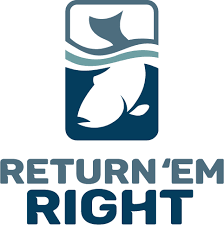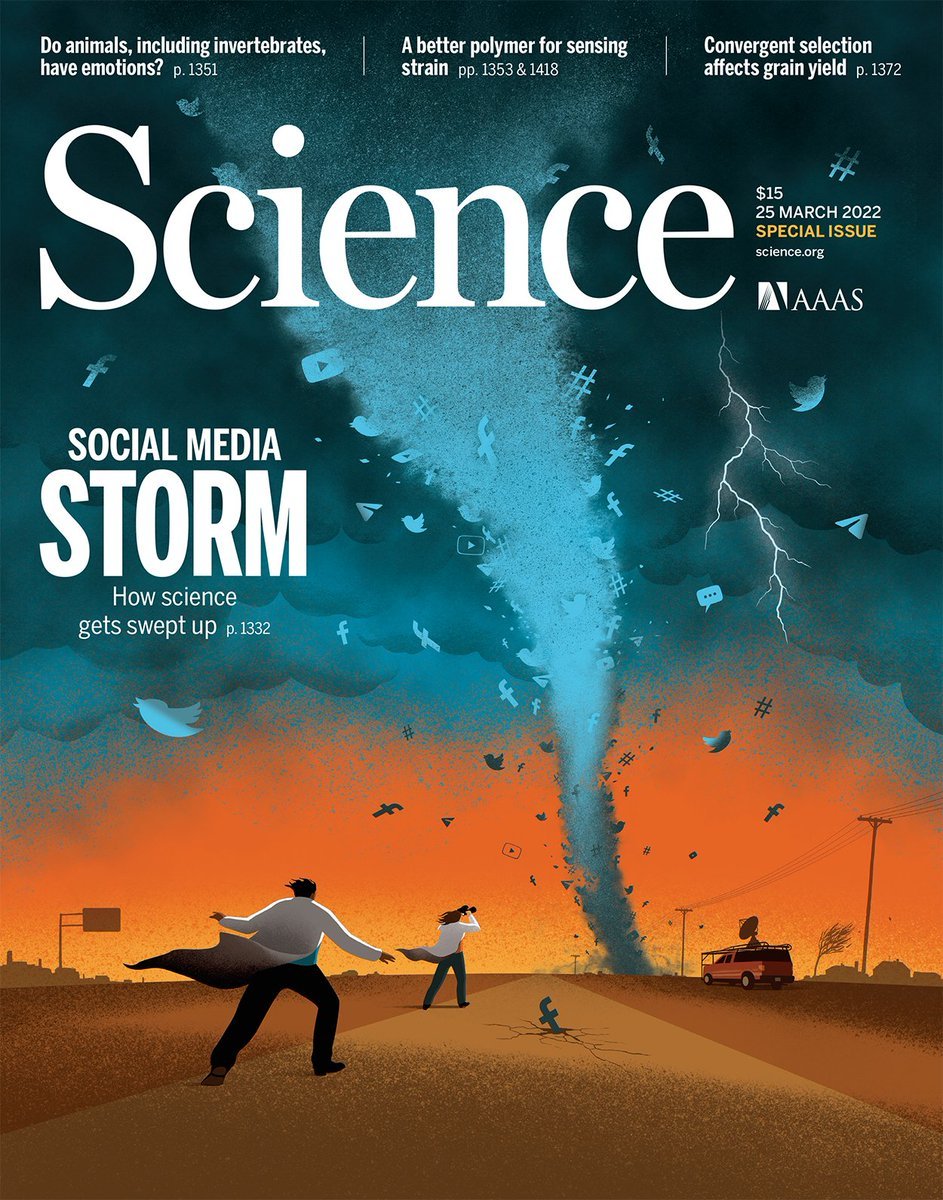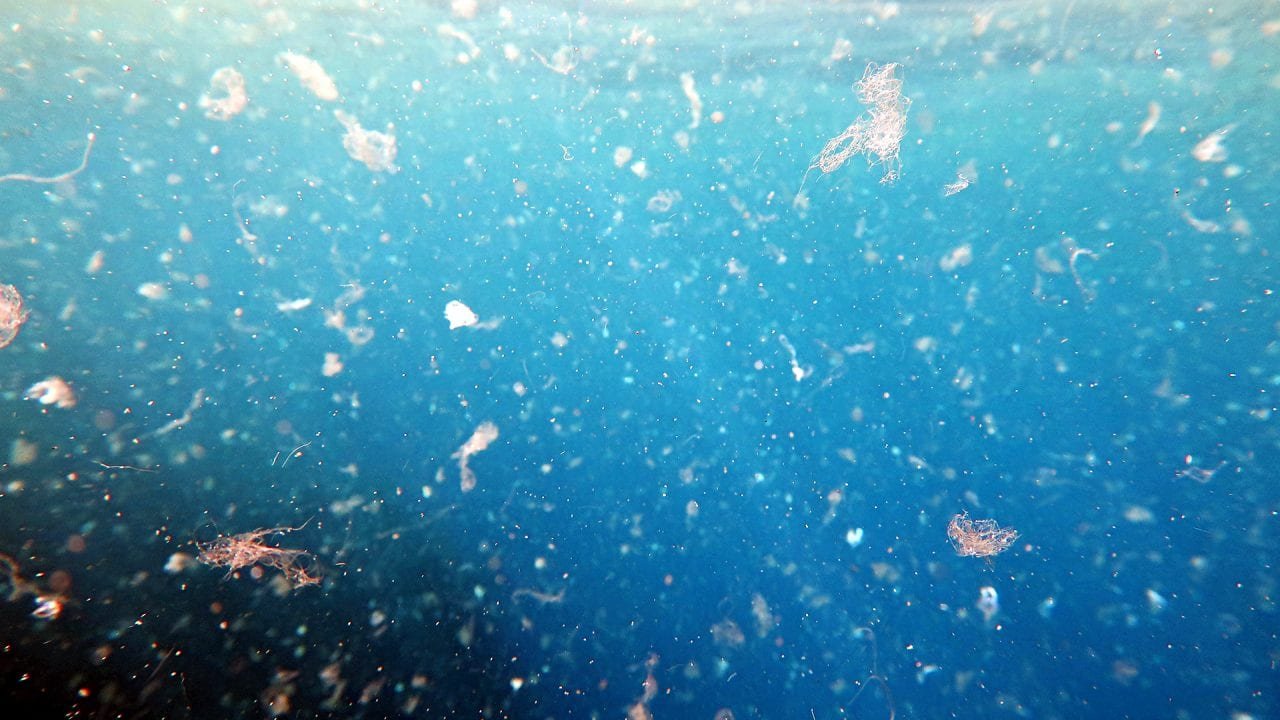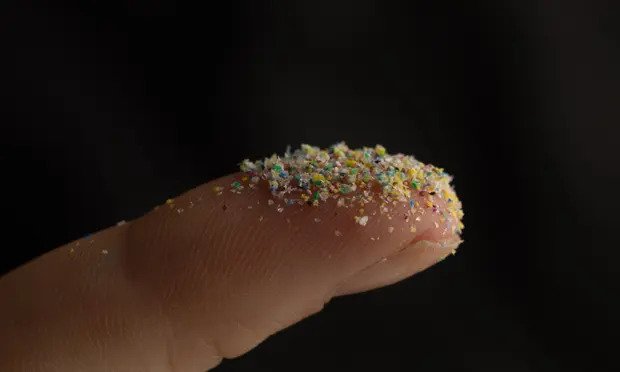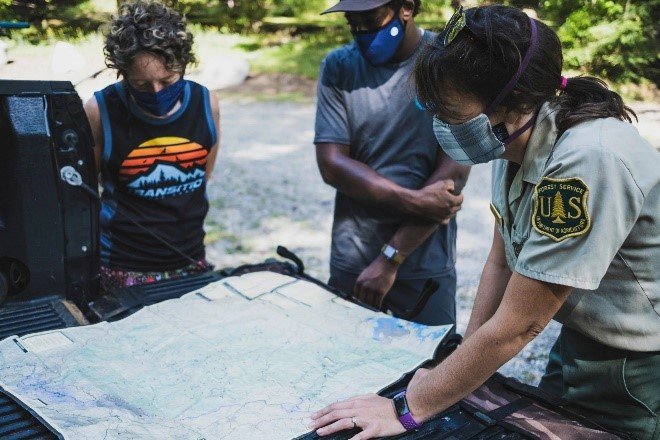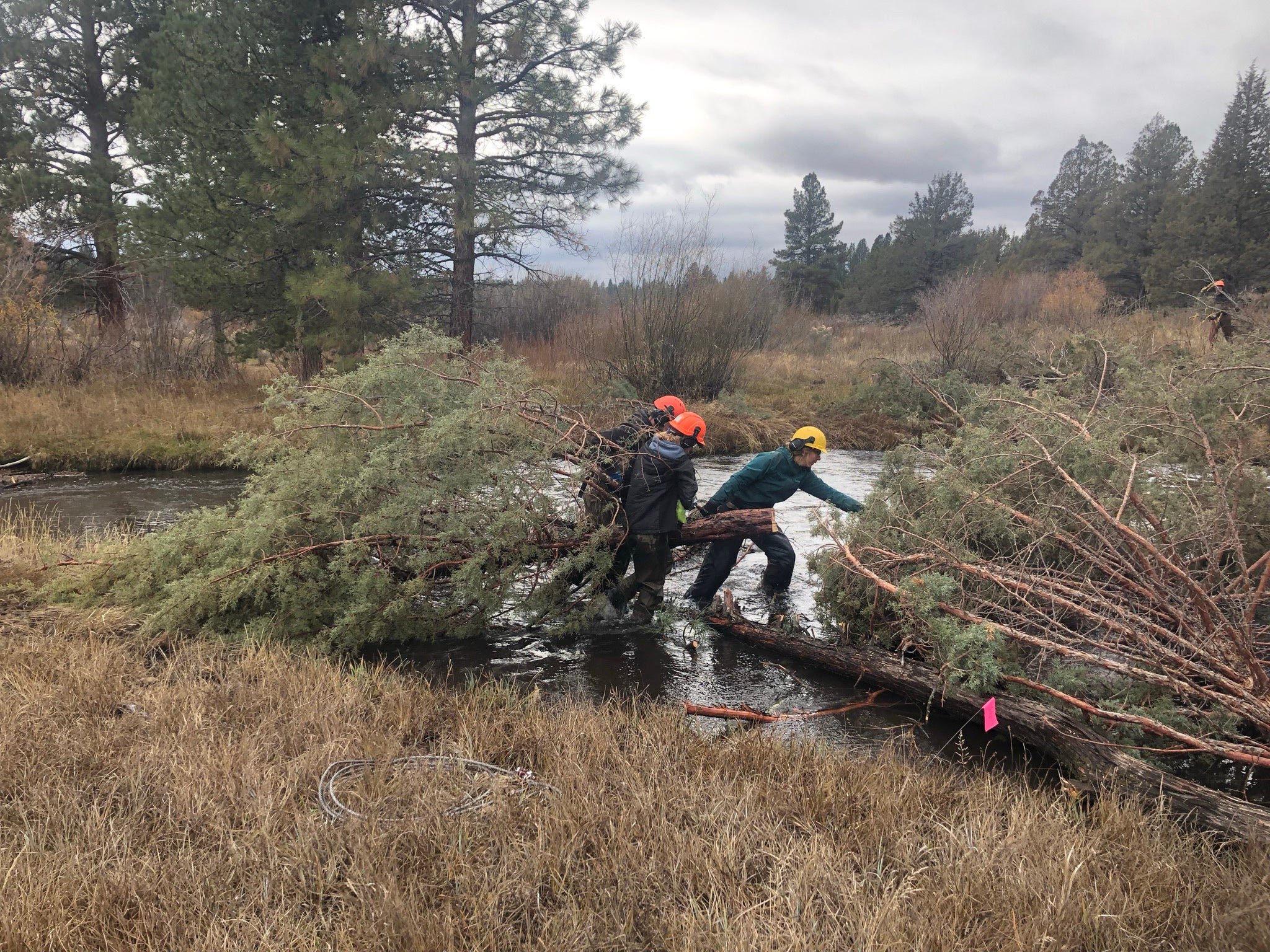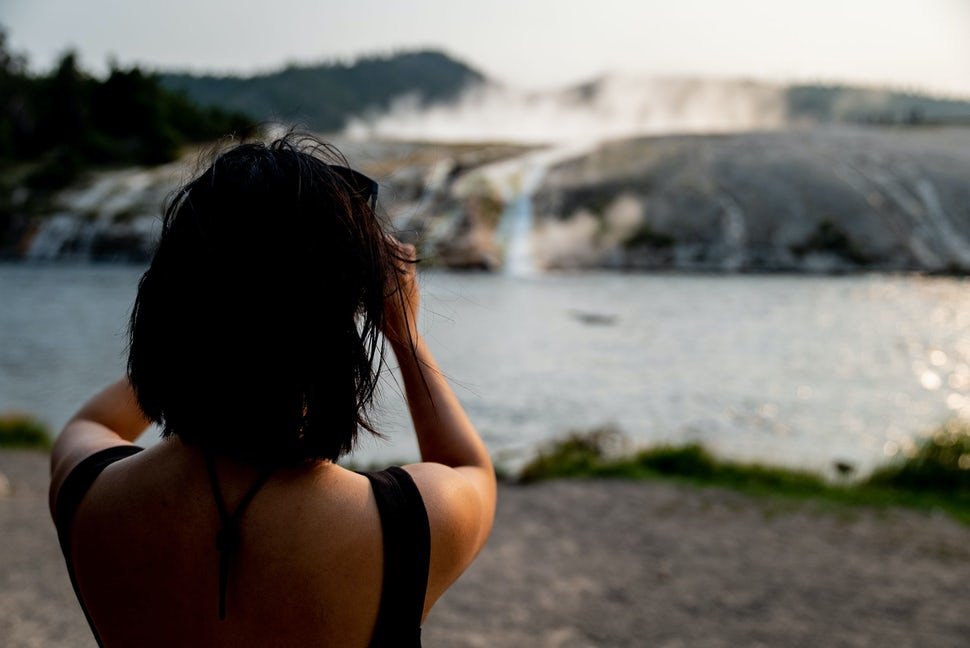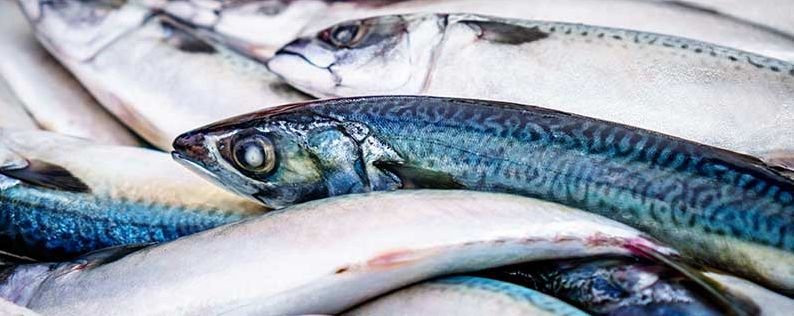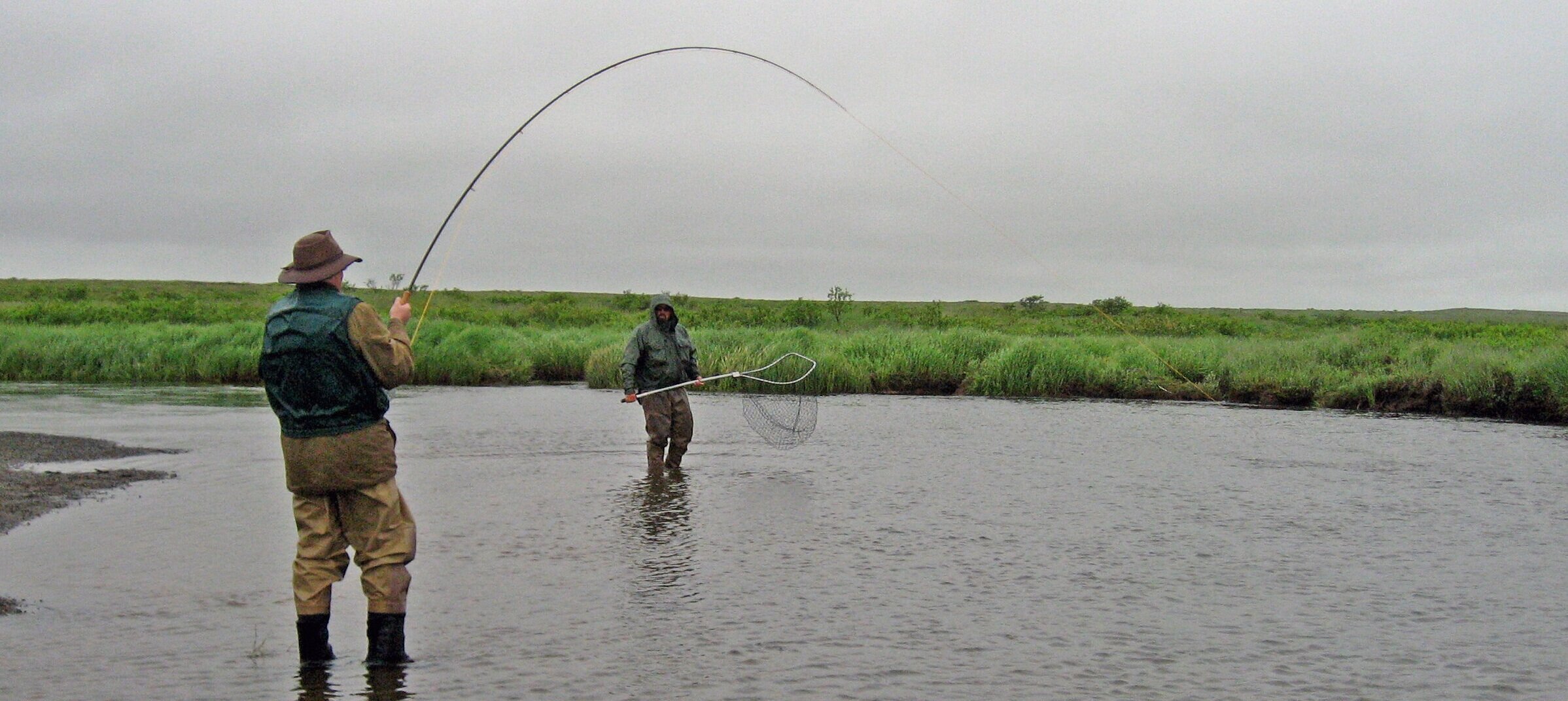Image courtesy of NOAA Fisheries and ReturnEm’ Right
The Return ‘Em Right campaign aims to increase survival of reef fish that are caught and released in the Gulf of Mexico. Project partners include Florida Sea Grant, University of Florida, Gulf States Marine Fisheries Commission, NOAA and a coalition of anglers, industry groups, state agencies, universities, government and non-government organizations committed to maintaining healthy fish stocks and fishing access in the Gulf of Mexico.
To improve survival of released reef fish, Return 'Em Right collaborated with for-hire captains, private recreational anglers, scientists, and fisheries managers to create a standard set of best release practices for reef fish. This effort culminated in the development of the Return ‘Em Right Best Release Practices Manual and a series of fact sheets—a resource for anglers to guide their decisions on the water and improve survival of reef fish.
Other aspects of the project include funding studies to address depredation and release mortality concerns, as well as monitor descending device effectiveness to document improved survival of fish. In total, these efforts will help increase the number of fish that get back down to depth safely to help more fish live, and provide improved fishing experiences for anglers.
This $30 million project was selected and funded by the Deepwater Horizon Open Ocean Trustee Implementation Group as part of the 2019 Open Ocean Restoration Plan.


